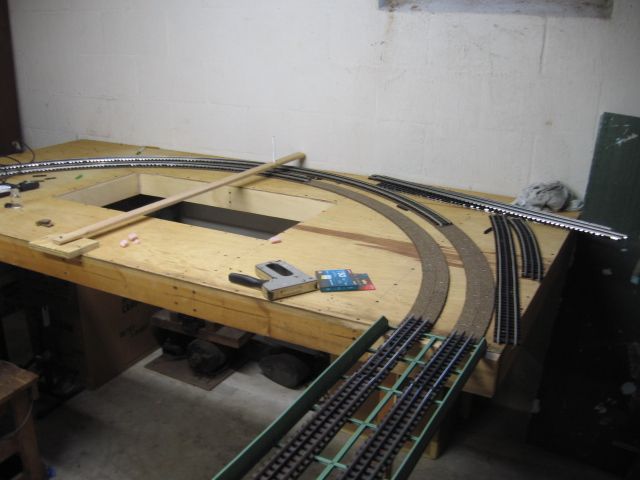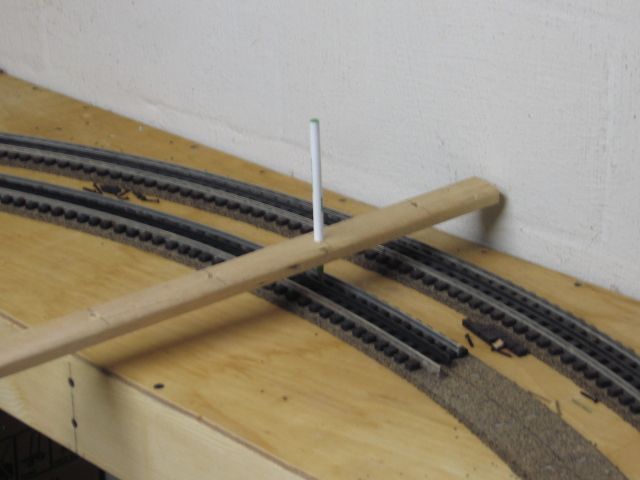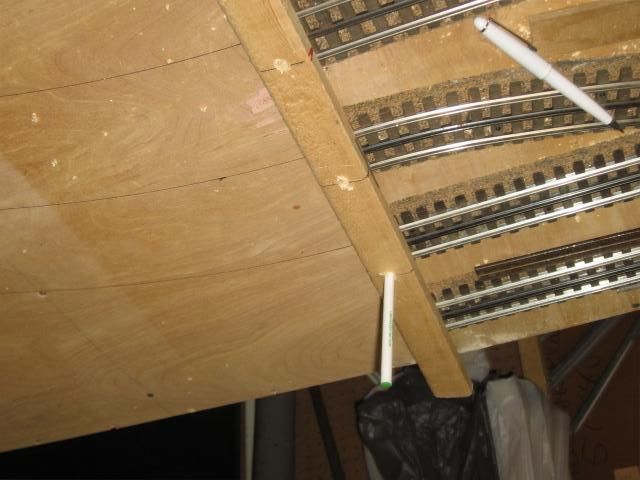Hell all. I am about to start planning and building my Hi-Rail Scale layout using Gargraves Track and ultimately Ross
Custom Switches. I have purchased Gargraves Sectional Curved track in 120" , 128" and 138" Diameters, with a view to building a Triple Track Main Line for much of my available 29' x 18' layout space. I also purchased 80 sections of Gargraves 37" Flex Track. I have been reading the posts re Track Centre Spacing of 6" being the ideal spacing standard. I have a Big Boy, Allegheny, B&O Em-1, and other Articulated Locomotives, as well as 21" Passenger Cars.
Am I in strife as far as track centre spacing goes with the 120", 128", and 138" curved Track. I live in Orange, NSW Australia, and there aren't any Hi-Rail enthusiasts around here for me to discuss these issues with. ( We do have a very good Live Steamers Club in town though).
Any advice greatly appreciated.
regards,
Alan Ford





















